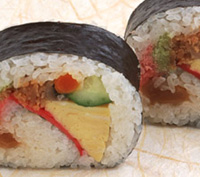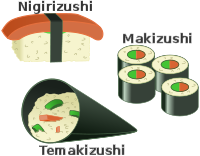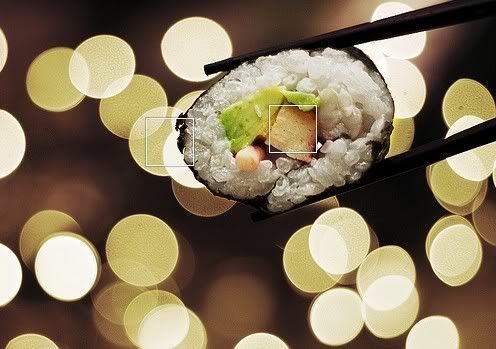So, any plans for the weekend? A BBQ? A picnic? Lame! Let's make ourselves Bento! Still don't know what it is? Well check this post!

Bento (弁当 or べんとう?) is a single-portion takeout or home-packed meal common in Japanese cuisine. A traditional bento consists of rice, fish or meat, and one or more pickled or cooked vegetables, usually in a box-shaped container. Containers range from disposable mass produced to hand crafted lacquerware. Although bento is readily available in many places throughout Japan, including convenience stores, bento shops (弁当屋, bentō-ya), train stations, and department stores, it is still common for Japanese homemakers to spend time and energy for their spouse, child, or themselves producing a carefully prepared lunch box.
Bento can be very elaborately arranged in a style called kyaraben. Contests are often held where bento arrangers compete for the most aesthetically pleasing arrangements. Kyaraben is typically decorated to look like people, animals, or characters and items such as flowers and plants.
There are so mant types of bento!
Shōkadō bentō (松花堂弁当) is a traditional black-lacquered Japanese bento box. It inspired IBM's (later sold to Lenovo) ThinkPad design.
Chūka bentō (中華弁当) are filled with Chinese food. While Chinese do have cold plates, it is more for appetizers or midnight "snack". The food that is associated with chuka bento was invented in Japan.
Kamameshi bentō (釜飯弁当) are sold at train stations in the Nagano prefecture. It is cooked and served in a clay pot. The pot is a souvenir item.
Makunouchi bentō (幕の内弁当) is a classic style of bento with rice, a pickled ume fruit (umeboshi), a slice of broiled salmon, a rolled egg, etc.
Noriben (海苔弁) is the simplest bento, with nori dipped in soy sauce covering cooked rice.
Sake bentō (鮭弁当) is a simple bento with a slice of broiled salmon (鮭, sake) as the main dish.
Shidashi bentō (仕出し弁当) is made in a restaurant and delivered during lunch. This bento is often eaten at a gathering like a funeral or a party. It is usually packed with traditional Japanese foods like tempura, rice and pickled vegetables. A shidashi bento packed with European-style food is also available.

Sushizume (鮨詰め) literally means "packed sushi", and is a bento filled with sushi.
Tori bento (鳥弁当) consists of pieces of chicken cooked in sauce served over rice. It is a popular bento in Gunma prefecture.
Hinomaru bento (日の丸弁当) is the name for a bento consisting of plain white rice with an umeboshi in the centre. The name was taken from the Hinomaru, the Japanese flag, which has a white background with a red circle in the centre. Pure Hinomaru bento only consists of rice and umeboshi to flavor rice without any other side dishes. The metal bento boxes, once popular in Japan, were often corroded by the acid of umeboshi, eventually making a hole in the middle of the lid.
OK, now I'm hungry again, gonna make a bento now! See you soon!






















